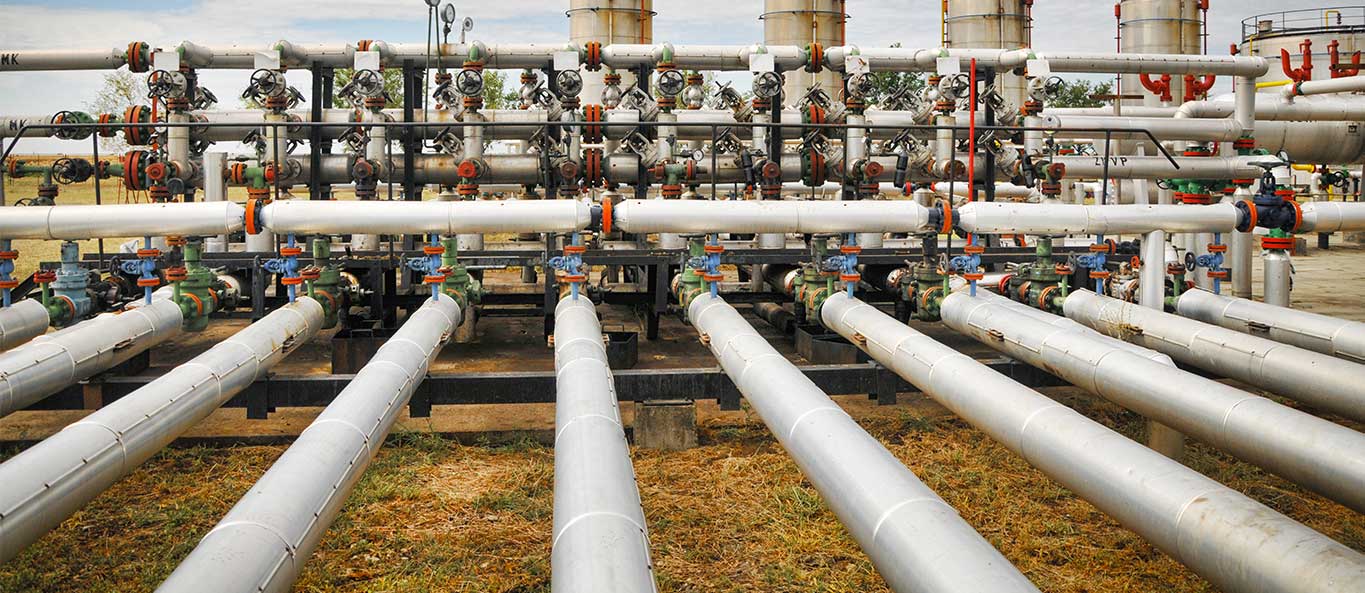When a Midwest refrigerant recycling facility needed to establish a comprehensive inspection program, three Acuren teams united their expertise to create a tailored solution. This collaboration between the Grand Rapids and Austin engineering teams and the Detroit inspection team demonstrates how Acuren’s diverse capabilities deliver optimized programs for clients.

The Challenge
The Ohio processing facility requires regular inspection of numerous tanks, vessels, and piping systems for regulatory compliance. The client initially asked for a risk-based inspection (RBI) program—a complex approach that is most effective for much larger facilities.
“For very large facilities with hundreds or even thousands of pieces of equipment, risk-based inspection can save money overall, but requires more engineering investment and detailed analysis,” explains Brian Cooper, PE, PMP, who leads the Integrity & Design team in Grand Rapids.
Cross-Team Expertise
The collaborative effort began when Chris Hoelzle from Detroit, who had previously performed inspections for this client, recognized an opportunity for engineering involvement to establish an inspection program.
Judah Rutledge from the Austin Engineering office brought specialized knowledge in facility assessments and was able to guide the client toward a more appropriate solution. “Judah was able to walk the client through the pros and cons of the risk-based inspection program approach and help them make the decision to go with a simpler reassessment interval-based approach,” notes Cooper.
The three teams developed a comprehensive service offering combining each group’s unique capabilities:
- Engineering from Austin: Engineering support and assessments to determine minimum allowable thickness
- Engineering from Grand Rapids: Equipment and records database and inspection management system
- Inspection from Detroit: Physical inspections and data collection, reinspection interval determination
Value Through Collaboration
The interval-based approach provides the client with a straightforward solution where each piece of equipment will be visually inspected every five years, with more intensive inspections every ten years.
“For this facility with dozens of pieces of equipment, it’s much more manageable cost-wise to simply go with prescriptive intervals for inspecting each piece of equipment,” Cooper explains.
The Grand Rapids team’s expertise in program and database development and management was crucial for creating a sustainable, long-term inspection solution. Their system will track inspection schedules, generate scopes of work, and maintain comprehensive records—turning separate inspections into a cohesive, ongoing program.
“It never would have come to my office without Chris,” Cooper emphasizes. “This was his client for NDT work, and they had this need for program development that was beyond his scope.”
Cooper adds, “We never would have tackled this kind of facility without Judah being able to help us develop the mechanical integrity piece of it. Having a solid SME to help set us up for success moving forward is awesome.”
This team effort showcases how Acuren’s technical diversity and cross-regional collaboration can deliver comprehensive, tailored solutions to meet each client’s specific needs.
About Brian Cooper:
Brian J. Cooper, PE, PMP serves as Division Manager for Integrity and Design Engineering and Tank Inspection in Grand Rapids, MI. With over 18 years of experience in energy infrastructure safety since 2007, he leads three specialized teams: one focused on pipeline integrity engineering analysis and program management, a second dedicated to planning, engineering design, and project management for pipeline construction projects, and a third specializing in the inspection of above ground storage tanks.
Brian J. Cooper, PE, PMP serves as Division Manager for Integrity and Design Engineering and Tank Inspection in Grand Rapids, MI, leading three specialized teams with 18 years of experience in energy infrastructure safety.


